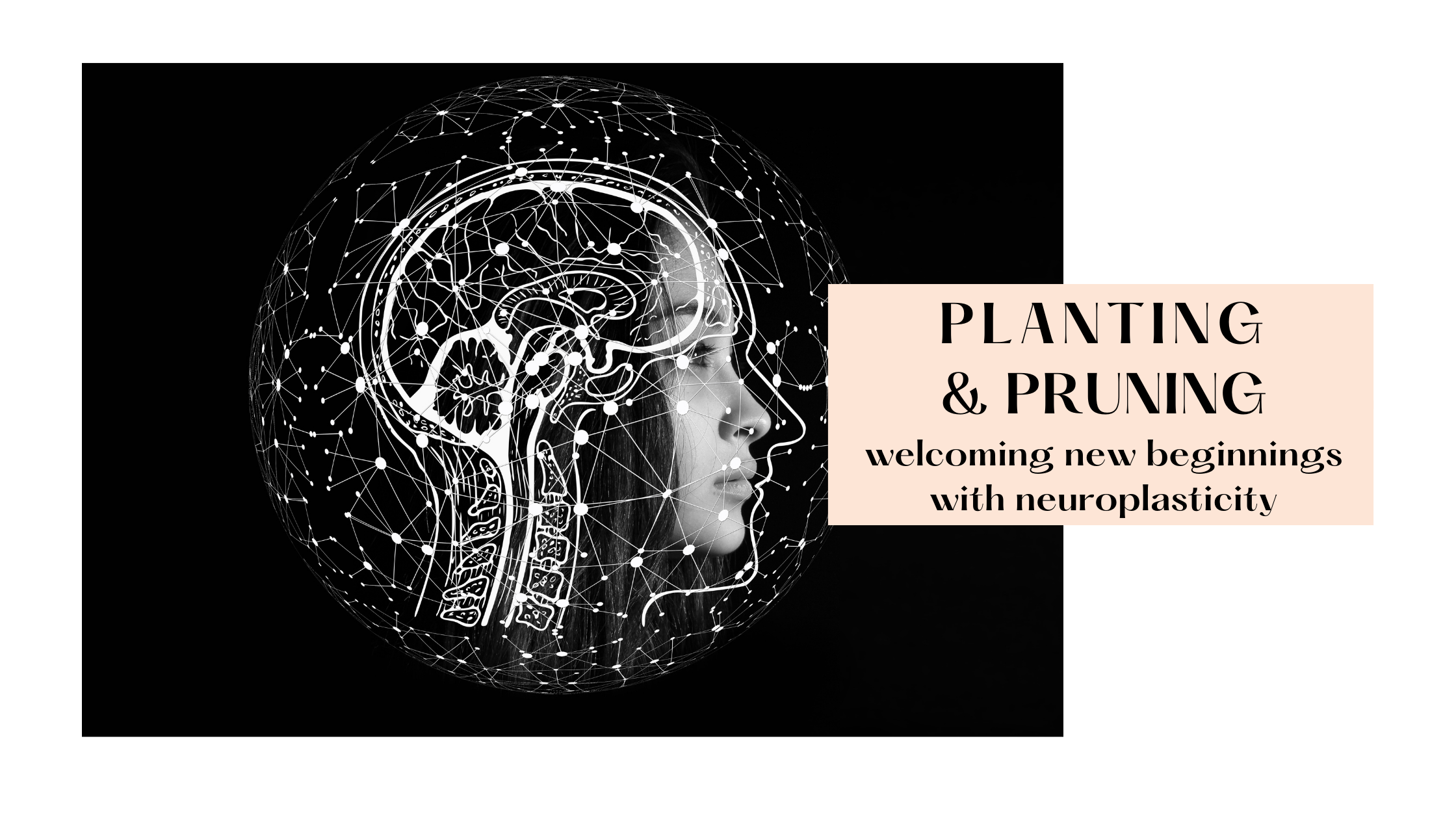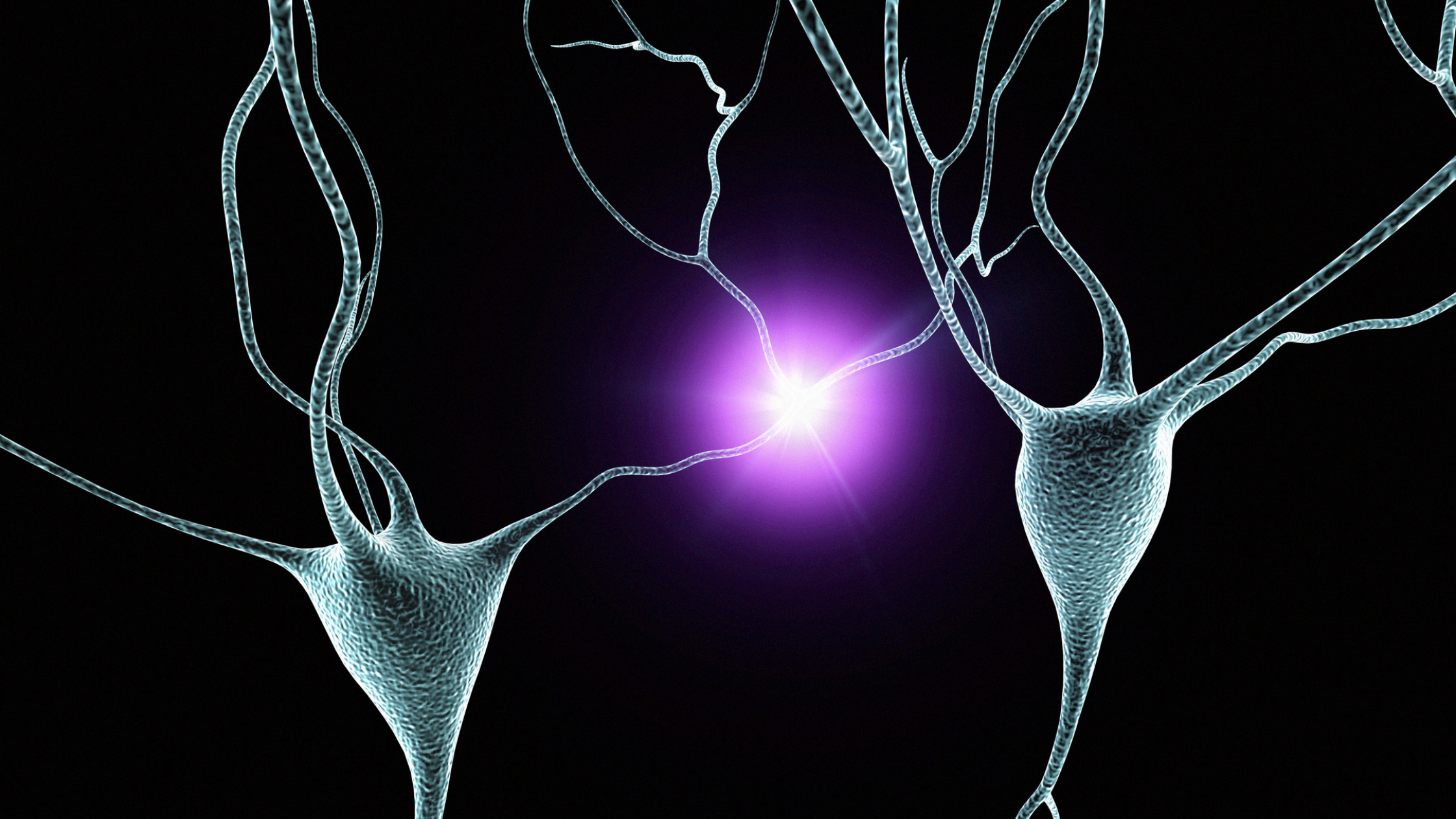
The month of May is named after the ancient Greek Goddess Maia, an Earth goddess, midwife, mother, nurturer and grandmother of magic. She represents fertility, vitality, growth, abundance, opportunity, creativity, and renewal; this time of year is rife with possibility and it’s the perfect time to plant seeds in both your internal and external worlds.
Being the last month of spring, May has a special connection to both the birth and death cycle. This month is the centrepoint between the beautiful cyclical dance of surrender and renewal and can teach us so much about finding peace with those intimately connected aspects of being. There is an opportunity here to reflect upon the old patterns that are rooted deep in our cells, those most traveled and familiar neural pathways that we move through with ease, even if they’re not the best roads to be taking.
This time of year has an energy of mindful action; as we move nearer to summer, we’re asked to do the slower, more methodical work necessary to create the change we want to see in our lives. This is the perfect time to embark on a health journey, looking inward with reverence and hope as we invest in our new beginnings and cultivate those habits that nurture and support us.
Changing the brain with neuroplasticity
Human beings are incredibly resilient and have the ability to create new stories (or rewrite the old ones) at any moment we choose. The very nature of the brain is malleable, adapting to support us through the different phases of development and possessing a regenerative ability to heal from injury and trauma. The term “neuroplasticity” refers to the brain’s ability to rewire itself and change different points of connection. There are thought to be roughly 100 billion neurons in the brain, all existing and interacting in unique ways, depending on their stimulus and biochemical environment.
Around the age of three, a child has approximately 15,000 synapses per neuron¹; you can think of these as the intersections of different pathways in the brain. By the time we reach adulthood, this number drops to about 7,500 through synaptic pruning, which is the process of strengthening some connections and eliminating others as we streamline our neural circuitry. This occurs naturally in a healthy brain as a result of learning and development, and while it might appear to be a loss of potential, this pruning is actually a refinement of our functional connectivity. Just as in the natural world all around us where animal and plant species have evolved as a result of their adaptation to changing environments, every human brain goes through the same process as we develop and move through our lives. This is a beautiful example of how we gain by letting go.

Healthy habits create new pathways and fortify strong roads
It’s Mental Health Awareness Week in Canada, and it’s fitting that it comes at the beginning of May with its themes of growth, regeneration, reflection and connection. As we let go of that which no longer serves us and work to release any patterns that feel misaligned with our values and needs, we make room for new intentions and find an opportunity to tend to our mental health with renewed commitment and devotion.
Be sure to carve out space in your schedule for rest, meditation, journaling, or some other practice that enables you to look inward and determine what you truly need in this moment. As you gain clarity on what feels nurturing and resonates most with your mental, physical, emotional and spiritual bodies, you may also be asked to prune away the excess and make space for new growth.
Yoga, meditation and exercise have all been shown to encourage neuroplasticity, improve memory, combat depression, decrease cortisol levels and reduce inflammation.²,³ These healthy habits release feel-good hormones in the body at the same time as they strengthen those pathways in the brain, so not only is there an immediate payoff with this investment, but it’s like putting money in your longevity bank every time you make the choice to care for yourself.
Biohacking the brain for more balanced health and well-being
Alongside these lifestyle habits that support neuroplasticity and mental health, you can elevate your wellbeing with biohacking tools in our Longevity Lab and neurofeedback services with Dr. Nick Jensen, ND. There are specific devices and circuits devoted to brain health in the Lab, but beginning with a full assessment and brain mapping session is the most comprehensive way to start your health journey. Following the scan, you’ll be sent a questionnaire to gauge a more thorough understanding of the way your brain is currently functioning; with this combined data, a customized neurofeedback plan will be recommended to address any overactive, underactive or inhibited regions and help you achieve better brain health.
Neurofeedback is a non-invasive therapy that helps to balance brain activity and address a number of different neurological conditions, including:
ADD / ADHD
Addiction
Alzheimer’s Disease
Anger Management
Anxiety
Autism
Bipolar Disorder
Brain Injury
Chronic Pain
Depression
Dyslexia
Epilepsy / Seizures
Fibromyalgia
Insomnia
Lyme Disease
Memory Loss
Migraines
OCD / Tourrette’s
Parkinson’s
Stress / PTSD
Schizophrenia
Sleep Disorders
Stroke
Substance Abuse
You can learn more about brain mapping and neurofeedback services at Divine Elements here, or get in touch to book a visit with one of our naturopathic physicians to develop a treatment plan that encompasses mindset, lifestyle and nutritional practices to best support you as we move through the tail end of spring.
Sources:
- The University of Maine – Bulletin #4356, Children and Brain Development: What We Know About How Children Learn
- Yoga for Depression – Increasing Neuroplasticity with Yoga
- The Economic Times – Working out may be changing the biochemical environment inside your brain

